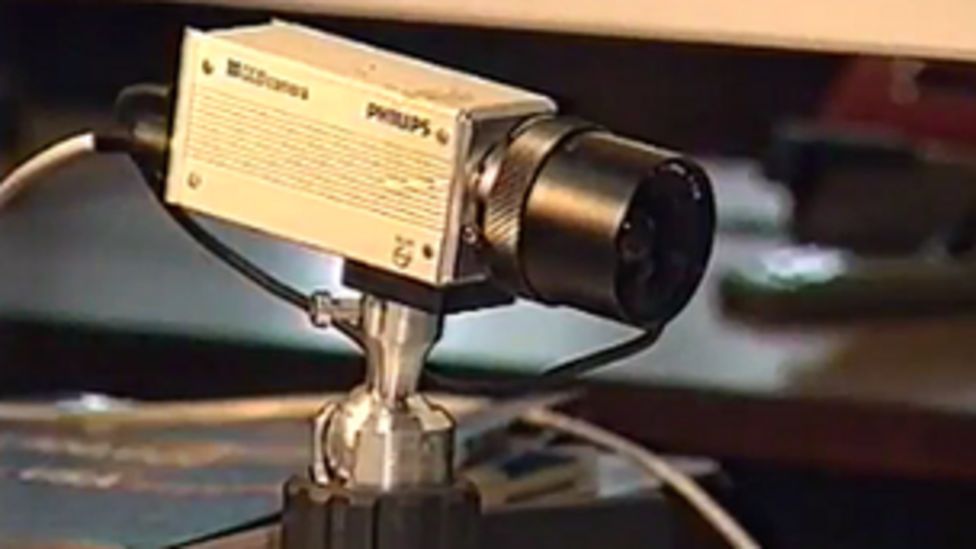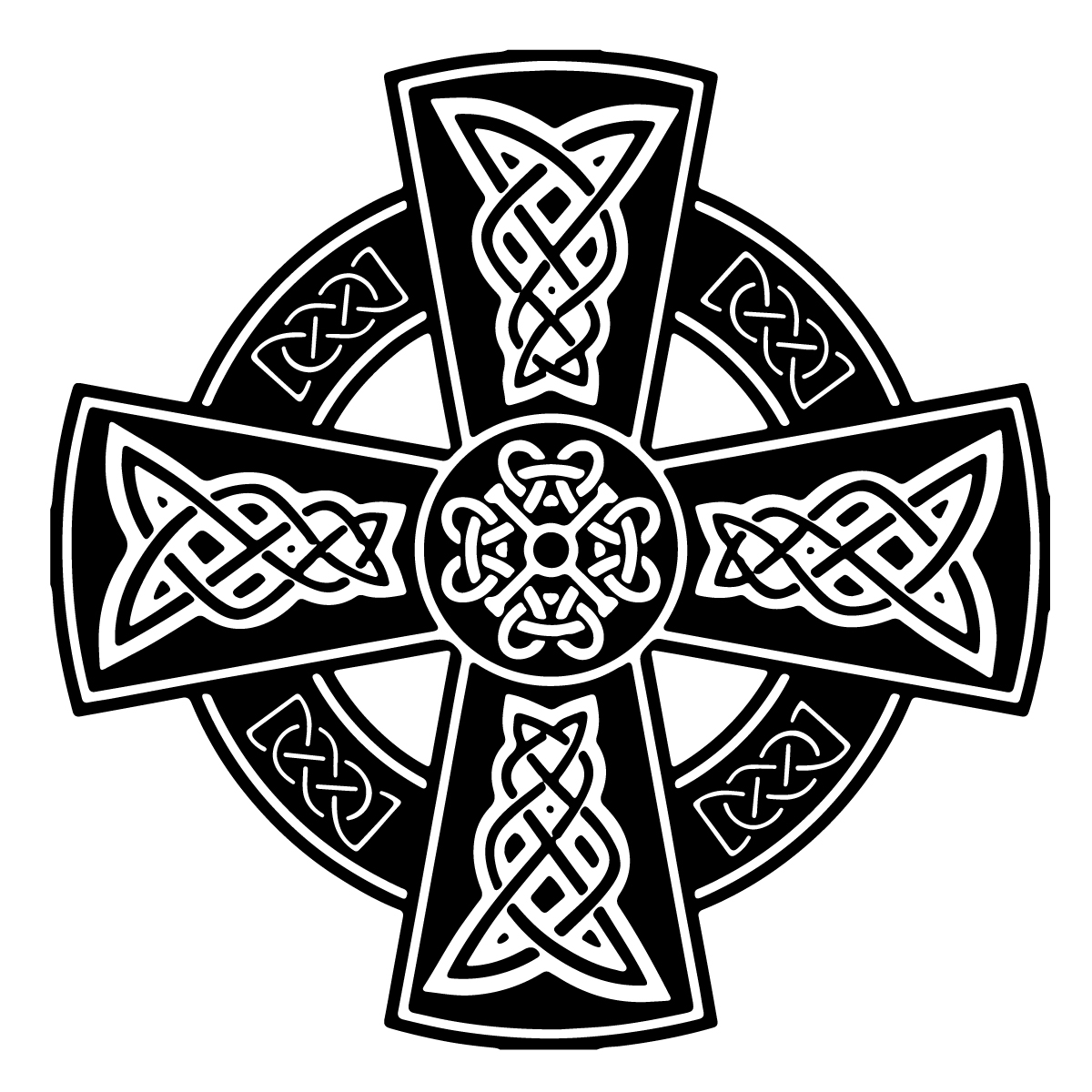Post by mac on Aug 1, 2023 18:00:27 GMT
By Rebecca Kesby www.bbc.com/
As computer geeks at the University of Cambridge beavered away on research projects at the cutting edge of technology, one piece of equipment was indispensable to the entire team - the coffee percolator.
"One of the things that's very, very important in computer science research is a regular and dependable flow of caffeine," explains Dr Quentin Stafford-Fraser.
But the problem for scientists was that the coffee pot was stationed in the main computer lab - known as the Trojan room - and many of the researchers worked in different labs and on different floors.
"They would often turn up to get some coffee from the pot, only to find it had all been drunk," Dr Stafford-Fraser remembers.
To solve the problem, he and another research scientist, Dr Paul Jardetzky, rigged up a camera to monitor the Trojan room coffee pot.
The camera would grab images three times a minute and they wrote software that would allow researchers in the department to run the images from the camera on their internal computer network.
This removed the need for any physical effort to check the coffee pot and avoided the emotional distress of turning up to find it empty.
However, it wasn't until 22 November 1993 that the coffee pot cam made it onto the world wide web.
Once again it was a computer scientist, momentarily distracted from his research project, who made the breakthrough.
Dr Martyn Johnson was not one of those connected to the internal computer network at the Cambridge lab and therefore had been unable to run the coffee pot cam software.
He had been studying the capabilities of the web and upon investigating the server code, thought it looked relatively easy to make it run.
"I just built a little script around the captured images," he says.
"The first version was probably only 12 lines of code - probably less - and it simply copied the most recent image to the requester whenever it was asked for."
And so it was that the grainy images of a rather grubby coffee pot in a university lab were written into computer science folklore, as the first ever webcam.

As computer geeks at the University of Cambridge beavered away on research projects at the cutting edge of technology, one piece of equipment was indispensable to the entire team - the coffee percolator.
"One of the things that's very, very important in computer science research is a regular and dependable flow of caffeine," explains Dr Quentin Stafford-Fraser.
But the problem for scientists was that the coffee pot was stationed in the main computer lab - known as the Trojan room - and many of the researchers worked in different labs and on different floors.
"They would often turn up to get some coffee from the pot, only to find it had all been drunk," Dr Stafford-Fraser remembers.
To solve the problem, he and another research scientist, Dr Paul Jardetzky, rigged up a camera to monitor the Trojan room coffee pot.
The camera would grab images three times a minute and they wrote software that would allow researchers in the department to run the images from the camera on their internal computer network.
This removed the need for any physical effort to check the coffee pot and avoided the emotional distress of turning up to find it empty.
However, it wasn't until 22 November 1993 that the coffee pot cam made it onto the world wide web.
Once again it was a computer scientist, momentarily distracted from his research project, who made the breakthrough.
Dr Martyn Johnson was not one of those connected to the internal computer network at the Cambridge lab and therefore had been unable to run the coffee pot cam software.
He had been studying the capabilities of the web and upon investigating the server code, thought it looked relatively easy to make it run.
"I just built a little script around the captured images," he says.
"The first version was probably only 12 lines of code - probably less - and it simply copied the most recent image to the requester whenever it was asked for."
And so it was that the grainy images of a rather grubby coffee pot in a university lab were written into computer science folklore, as the first ever webcam.





